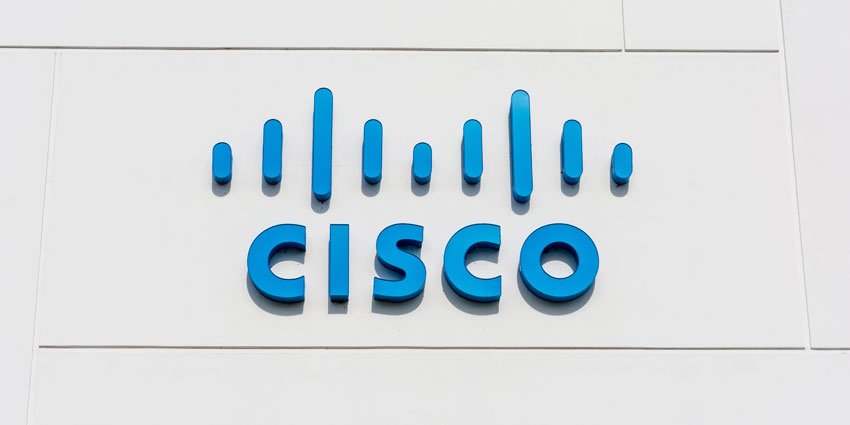As rising demand rocks contact centers, proactive customer support seems like the perfect tonic.
Done well, it smooths over journey frictions, relieves the contact center, and lowers customer effort.
Well, this is the theory. Unfortunately, it is not always the reality.
The Current State of Proactive Customer Support
A 2022 Gartner study found that two-thirds of customers contact customer service after receiving a proactive alert, seeking further information or confirmation.
These contacts often flow through human-assisted channels, as proactivity creates confusion and unanswered questions.
As such, the study highlights a need to instill confidence in proactive communication, with many customers only contacting to confirm the alert was not a scam.
Gartner’s advice: prioritize outreach for urgent issues.
This brings us to the first of three vital steps for moving to proactive customer support. These are:
- Uncover what matters most
- Offer proactive guidance when it matters most
- Deliver this where the customer will see it
By following such an approach, brands are more likely to succeed in switching to a proactive strategy.
What Matters Most
Manual ticket tagging is still the flavor of the month for many businesses aiming to gain an overview of their most critical demand drivers.
How accurate is this data? For many, it is dubious at best. After all, when busy, lots of contact center agents do not take the time to tag contacts correctly. Moreover, they often don’t know what the tags mean.
Nevertheless, for proactive support to tackle the most urgent issues, contact centers must have a transparent view of what those are.
Luckily, some CRM systems now take advantage of embedded analytics to automatically and accurately detect customer intent alongside sentiment. These metrics help quantify which contacts drive the most demand and frustration.
Then, dig into these and isolate route cause. Using this information, the contact center can develop a message that pre-empts critical customer needs.
However, before that, consider the possibility of removing the friction point altogether. Of course, most are upstream, yet – with good relationships – contact centers can provide guidance to eliminate issues once and for all.
When It Matters
To ensure proactive messages are relevant, contextual, and timely, draw out a customer journey map. Then, isolate where the issue occurs.
Next, identify the optimum touchpoint to forewarn the customer and consider utilizing real-time data to trigger a message there.
For instance, perhaps the message shares news of a shipment issue. Operations can then trigger a workflow that feeds from live data within the order tracking software.
Unfortunately, it is not always so easy to predict particular issues. Nevertheless, building relationships with other departments and harnessing their intel can make things much more manageable.
Building upon this point, a thought-provoking Kustomer report adds:
“IT might own crucial information about your website downtime while your operations team could have vital information impacting your supply chain.
“In order for CX to proactively communicate issues and find solutions for your customers, there must be an adherence to a proactive mindset throughout your organization that places the customer first.”
Such a point highlights the importance of working with other departments, especially when adjusting customer journeys. After all, particular changes may impact how they work too.
Yet, try not to boil the ocean with this and change customer journeys at an unmanageable pace. Removing the issue altogether is often best practice while implementing self-service is often more practical.
Where the Customer Wants It
The ideal channel for a proactive message often hinges on the issue’s context.
Consider an online journey; live chat can work well here. For example, if the customer takes too long to check out, a proactive chat can reassure them and secure the sale.
Nevertheless, for most issues, companies choose to use email or SMS.
Why? Because these channels are key fixtures of modern smartphones. And, as a society, we are smartphone obsessed.
A Deloitte study – previously referenced by CX Today – notes that 53 percent of people look at their phones more than 25 times a day.
Unfortunately, both channels have their drawbacks. With email, customers typically have multiple email accounts, with only one linked to their smartphone. As such, proactive messages can go unseen.
In the case of SMS, there is no guarantee that the message will reach the customer.
Moreover, both are notorious for fraudulent messaging. With Gartner highlighting how many customers reach out to see whether proactive messaging is genuine, this is a significant concern.
As such, more companies are turning to messaging apps like WhatsApp and Messenger. Noting the rise of this channel, the Kustomer report states:
“Messaging is a channel that allows brands the chance to move beyond antiquated ways of doing business to get and stay close to consumers at every step in the journey.”
Yet, most crucial is implementing a proactive messaging channel strategy that allows the business to keep a record of the message, fits the journey’s context, and is attractive to digital natives.
There Is Lots More to Think Through
Reviewing progress, aligning business messaging, cleaning data… the list of considerations for making the transition to proactive support drags on.
Unfortunately, we could not quite fit everything you need to know into this article.
Yet, fear not! Kustomer has released an in-depth guide to help businesses take the proactive support plunge.
Check it out here: Leveraging Proactive Support to Build Brand Loyalty & Business Value







